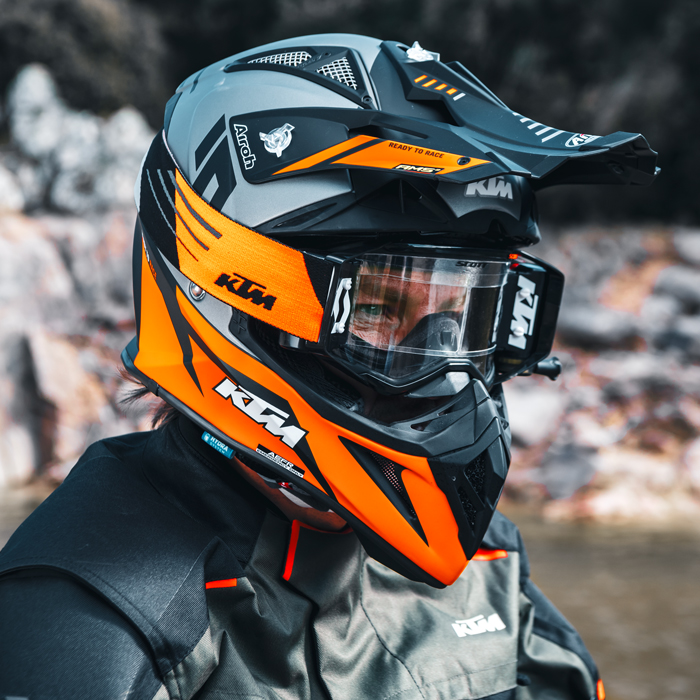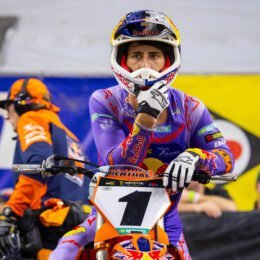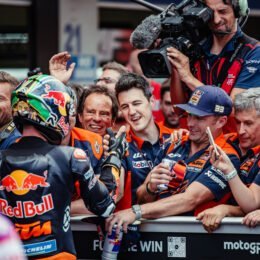THE ADVANCED TECH BEHIND YOUR VISION ON THE DIRT
There is a lot more thought and design that goes into a pair of motocross goggles than you think. Scott Sports shares some of their secrets…
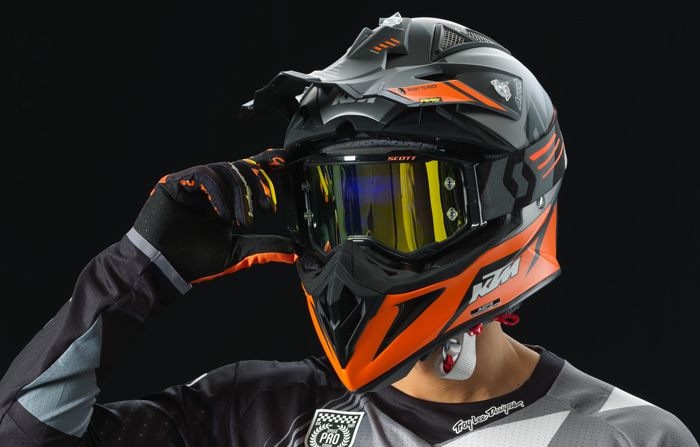
Goggles have been stretched awkwardly across helmets, smashed remorselessly by roost, thrown away by motocross racers during motos but also lovingly prepared, washed and placed on shelves with old helmets for posterity. They are often an under-appreciated piece of riding kit but utterly essential for anyone who has followed a friend or competitor on a stony trail or tried to plow across a muddy track in the rain.
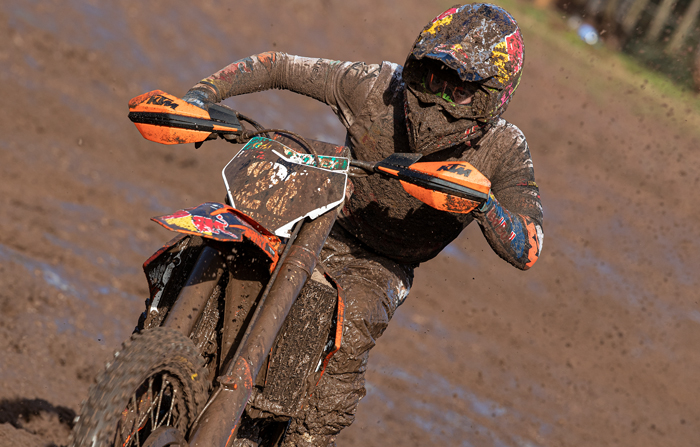
There is a wealth of products on the market and several specialized brands in the optics business; goggles can cost 50 euros and last a few rides or can be than three times as expensive with some serious engineering behind them. Scott Sports are one of the proponents of goggle technology for bikes and the snow and have been introducing new concepts and innovations like face-fitting frames, lens-locking and a wide field of vision for three decades.
The American-Swiss company also has a strong link with KTM. For four years Scott has held a special place in the KTM PowerWear catalog, and they have provided wares for the Red Bull KTM Factory Racing team in both Enduro and Motocross, meaning the crucial race-tested and dependable eyewear for the likes of Josep Garcia, Nathan Watson, Jorge Prado, Tom Vialle and Rene Hofer.
There is also another quirky connection: Mattighofen, Austria, is not only the fount of the finest offroad bikes but also Scott’s main European hub for goggle production. In the same town, only a few kilometers away from the KTM assembly lines, is the GBM Kunststofftechnik & Formenbau factory with a workforce of around 100 people; half of which is dedicated to Scott with almost half a century of molding experience. GBM churns out nearly 1,000,000 goggles a year at full tilt.

Watching how a goggle like Scott’s Prospect – and the new Fury model – goes from a complex CAD diagram to a boxed item ready for shipping is a revealing process. It might look like a lump of brightly colored composite, plastic and fabric but a seemingly basic piece of kit can actually take up to three years from conceptualization to design and manufacturing, and then small refinements of the product to ensure things like the widest possible fit in the largest spread of helmets. The Prospect has to protect and be highly functional in terms of preventing things like sweat, dust and sand dropping into the goggle. It also has to provide optimum vision and lenses that don’t fog, don’t distort and even react to ambient light. It has to stay firmly fixed on the face and around the helmet. It has to allow ventilation and airflow. It has to be versatile and effective when it comes to the application of tear-offs and roll-offs. Lastly – or perhaps most importantly for some riders – they have to look pretty cool and fit together with bike graphics or other kit.
The heart of all this service begins with the steel mold. It can take five-six people up to three months to craft this large lump of metal that casts the frame of the Prospect. The steel can be ground to 1000th of a millimeter and a very precise outline. The most complicated molds can cost in the region of a quarter of a million euros: not much room for failure! The steel casing has to withstand 400 bars of pressure and eventually is used to make thousands and thousands of goggle frames a month. When Scott eventually come up with a successor to the Prospect – as they did with their previous Tyrant and Hustle goggles – then the mold goes into storage and is kept in an ‘archive’. Scott could easily make a 30-year old goggle again if they wanted to.

In production the mold will contain colored resin that is melted at 220 degrees and then the frames are popped out while at a quarter of the temperature. The colors of the Prospect frames come from a resin decided between Scott & GBM and there is a wide palette of choice. The material can also be manipulated so the nearly indestructible frames can be flexible and then very tough in other areas. For example, construction around the nose bridge.
For the most fanciful color schemes Scott/GBM have used a technique called Water Transfer Decoration. Fine films of paint and design are suspended on top of a water tank and a set of blank goggle frames are then dipped into the solution. They are dried, washed (to remove excess film), dried, varnished and dried again. The slight imprecision of WTD means every pair of goggles created like this is almost unique.
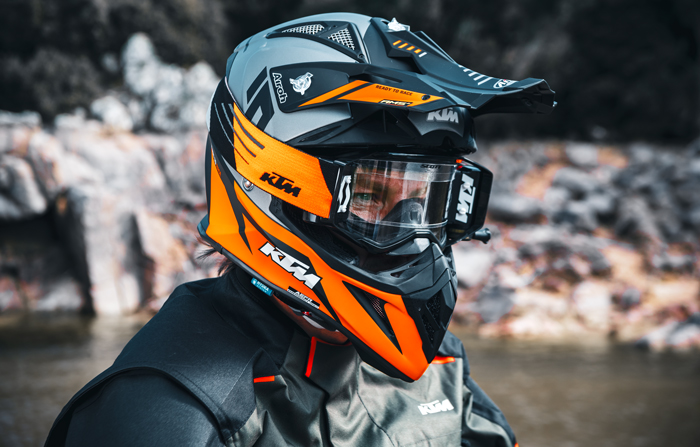
The dry frame passes to the foam stage where Scott’s special triple layer technology is glued by hand. The goggle moves along the line for the lenses, which are also clipped into place by GBM’s workers. Very light TruView lenses are cut from massive sheets of Lexan (polycarbonate) and are then treated with anti-scratch and anti-fog formulas. There are 10 different colors alone for the Prospect. Once cut and punched in the giant press and piled ready for use the lenses are heated and bent into frames and where the advantageous lock system – thanks to four pins – comes into play.
The lenses pass a strict (and dramatic) ballistic test in the factory. At one stage Scott were shooting a 3mm steel ball at 112 meters per second from a few meters distance at sample goggles. The pellet would dent but not break the lens. This resilience is almost three times what is required for CE regulation for motocross and more than half of what is necessary for street visors on helmets. Scott’s parameters for safety are therefore far advanced of the minimum level. Their demand for pristine optical performance comes from a second examination at GBM where a laser tests for clarity. It measures UV (all of the Prospect lenses are 100% UV protective) and if there is any distortion or disorientation as a final quality control.

The last room before boxing contains the large machines with reels and reels spitting out kilometers of wildly colored straps and the advanced but secretive fastening system that allow Scott to be proud of this particular aspect of the Prospect’s specs.
Advanced-level goggles have not become any cheaper in the last ten years but the likes of the Prospect and competitors such as Oakley’s Front Line and 100%’s Armega mean that riders are getting well-thought and carefully crafted products that could make the difference in a race, rally or ride-out.

